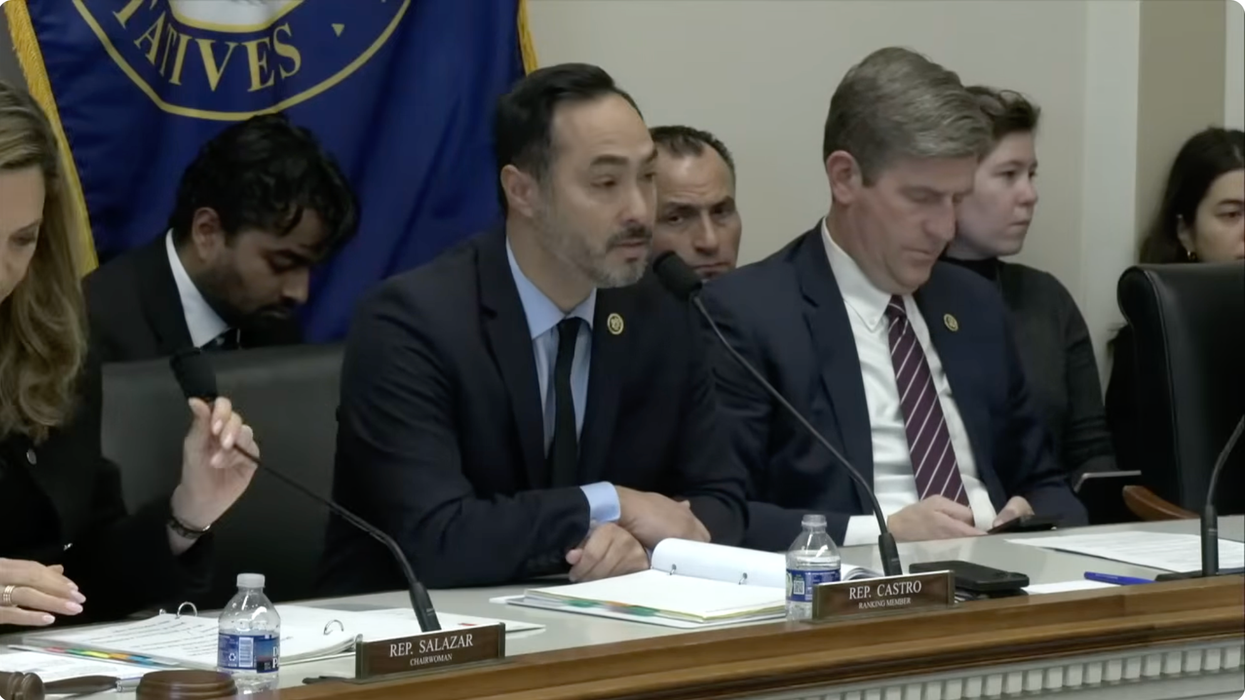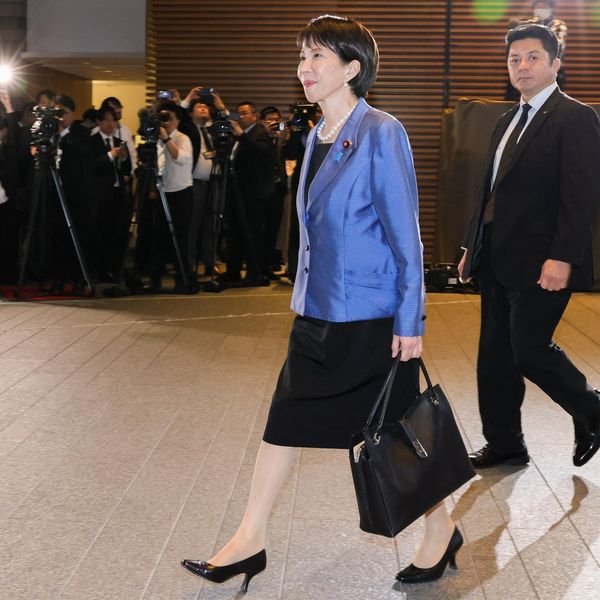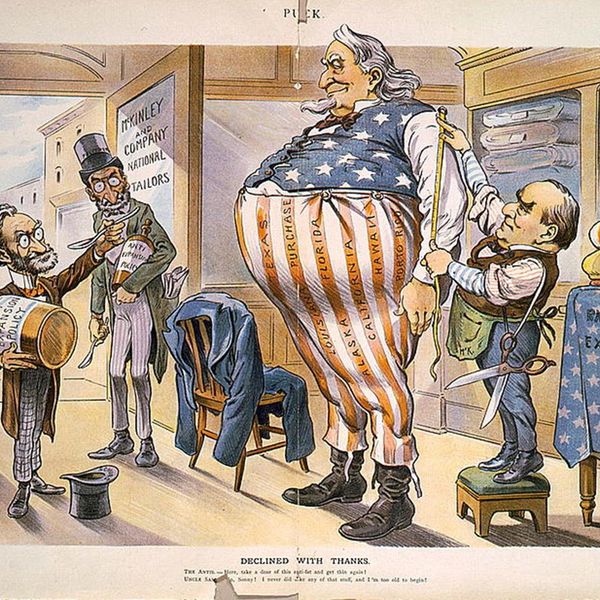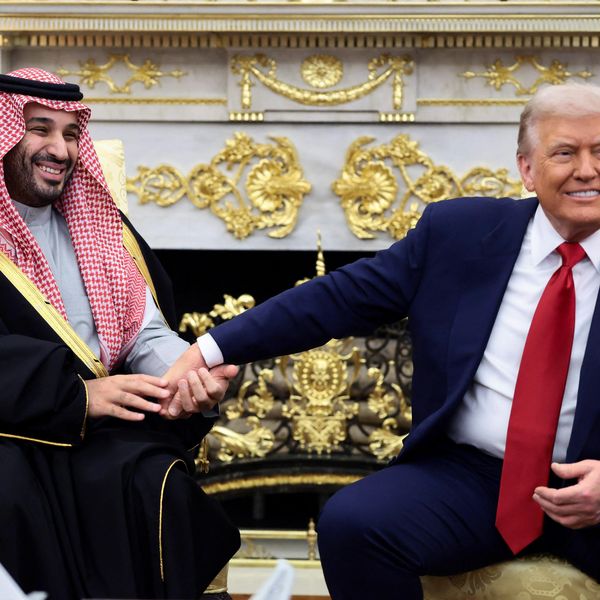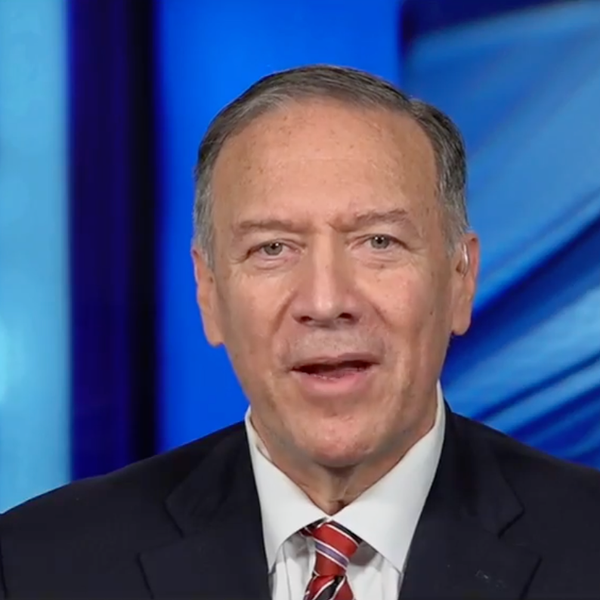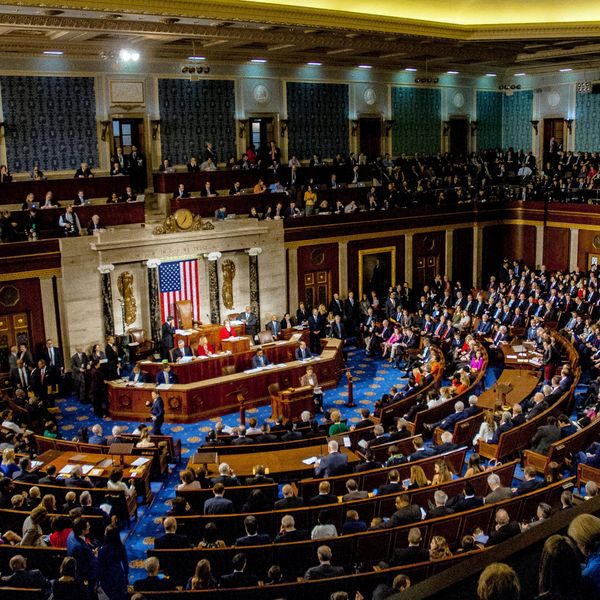The U.S. is in the midst of a major defense buildup. Since the end of the Obama Administration in 2016, defense spending has increased by almost one-third, well ahead of CPI inflation.
In inflation-adjusted terms, defense outlays are currently higher than at any point during the Cold War — higher than in 1969 when the United States had a half a million troops in Vietnam, and higher than the peak of the Reagan defense buildup as the Soviet Union collapsed in 1989.
But the historic levels and rapid runup in military spending haven’t stopped intense pressure to increase it even further, as hawks push to “supersize” the defense budget. As we enter key Armed Services committee hearings this week and next, Congress may try to push military spending well beyond the Biden administration’s requested 4 percent increase.
Calls for spending increases have relied heavily on claims of an “unprecedented” Chinese threat. As a new Quincy Institute report details, inflation of the Chinese military threat has become deeply rooted in the Washington discourse.
The China discourse lends itself to threat inflation, because China is a genuinely new challenge. Never before in its modern history has America faced a rising power that threatened to surpass the United States in the size of its total economy and its role in global economic leadership. For this reason, China is often presented in U.S. policy circles in a hyperbolic manner, as a vaguely defined but extreme and even existential threat to the United States. This is then used to justify ever greater levels of defense spending to prevent Chinese global domination.
But the emphasis on China as an extreme military threat profoundly mischaracterizes the nature of the U.S.-China competition, and significantly exaggerates both current Chinese military resources and the likelihood of Chinese military aggression. Clarity about China’s military goals and capacities is crucial to understanding the proper role of military spending in our response to China.
In fact, sharply increasing U.S. military spending in response to the rise of China is likely to undermine, not benefit, U.S. national security. Not only will it divert investment from our domestic economy, it is likely to trigger a destabilizing arms race with Beijing that will fail to improve America’s position and increase the likelihood of direct military conflict.
The new Quincy report on threat inflation with respect to China details several key factors to keep in mind in assessing the role of military spending in achieving U.S. security goals in East Asia.
First, although in recent years China has become more motivated to build up its military capacities, there is no clear evidence that China is currently determined to supplant the United States as the dominant military power globally. This might emerge in the future as a deliberate Chinese policy, but it has not yet.
In this context, it’s critical to understand that China does not possess and is not currently investing to create a worldwide network of military bases like the United States. China now spends far less than the United States does on its military — a little over one-third of the amount in absolute terms, and less than half as much as a share of its economy. China also does not have extensive military alliances across the globe, as the United States does.
Second, China is still focused mainly on its immediate neighborhood, where it seeks to end America’s past military predominance in order to reduce its own vulnerabilities. In this effort, China has met with real success. U.S. maritime and air superiority in the Western Pacific is largely gone and is almost certainly not coming back in any foreseeable time frame, absent the unlikely collapse of China’s economy. There is no “silver bullet” technology or level of resources that can easily alter this picture.
Pentagon reports have highlighted significant near-peer level PLA advances in five specific realms: shipbuilding, electronic warfare, ballistic and cruise missiles, cyber capabilities, and integrated air defense systems. As noted, these efforts are primarily directed toward negating U.S. military superiority along China’s coasts and nearby maritime areas, especially around Taiwan.
Chinese strategy has also shifted beyond immediate offshore defense to protection of the “open seas,” in order, it says, to “safeguard national sovereignty, protect strategic sea lines of communication, and participate in international maritime cooperation.” Nowhere has it said or even implied that China’s ultimate and necessary goal is to become the dominant global military power. It wants to create a “world-class military” that has the capabilities of other advanced militaries.
Any effort to spend our way back to total dominance in the Western Pacific near China’s shores is likely doomed to failure. China spends less than 2 percent of its total economic product, or GDP, on defense, as opposed to the almost 4 percent (and rising) that the United States spends. That means the Chinese have room to ramp up military spending, possibly to match our own. China also does not have to spread its defense spending around the entire world as the United States does, but instead focuses mainly on the Western Pacific.
Not only will an arms race with China for dominance in Asia fail because it can very likely keep up with us financially, but an open-ended arms race will be extremely expensive and risky. A race for superiority off China’s shores would increase regional instability and increase the risk of disastrous miscalculation, possibly leading to direct military conflict between the U.S. and China.
But crucially, the United States can achieve its defensive goals in the Western Pacific, including the defense of Taiwan, without trying to spend our way to total military dominance of the Western Pacific. Maintaining a defensive presence adequate to deter Chinese aggression is far less expensive than seeking dominance, and can be achieved well within our current budget trajectory.
Although the Chinese military has largely closed the gap with the United States in the Western Pacific, it still faces many strategic, structural, technological, and manpower constraints in developing into a superior military force (or even a full-fledged peer competitor) to the United States. In some cases, it is decades behind.
China could not currently mount an invasion of Taiwan without enormous risks and costs. Despite reports to the contrary, Beijing has not set a timetable for unifying Taiwan with China. Chinese military analysts are very aware of their limits and the risks involved in attacking Taiwan. The Chinese do not have a level of military capability that would give them a high degree of confidence that they can seize and hold Taiwan militarily in the face of likely strong U.S. and Japanese resistance. Nor will they acquire such a capacity over the foreseeable future. Any Chinese use of force would be an enormous gamble, likely undertaken only if Beijing felt it had no other choice.
Under some circumstances, China certainly could be tempted to risk the major costs of aggression toward Taiwan, despite the dangers any use of force would present. The most likely circumstance is if the United States sharply increased military spending to fuel an open-ended military arms race while continuing to erode its One China policy by forming a de facto military alliance with Taipei. This could occur if Washington were to start treating Taiwan as a strategic asset to be kept from China under any condition, as was implied by a recent U.S. defense official. This could induce China to believe that the short-term risks of invasion were necessary to prevent the United States from fortifying Taiwan as a military asset and permanently separating it from China.
Washington needs to develop a force posture, defense strategy, and set of supporting diplomatic policies in Asia that are neither excessively escalatory nor provocative, affordable, and acceptable to America’s friends and allies and actually lower tensions and worst casing. This will not be achieved via huge and unprecedented increases in the defense budget in support of a near-myopic stress on ever greater levels of military deterrence toward Beijing.




